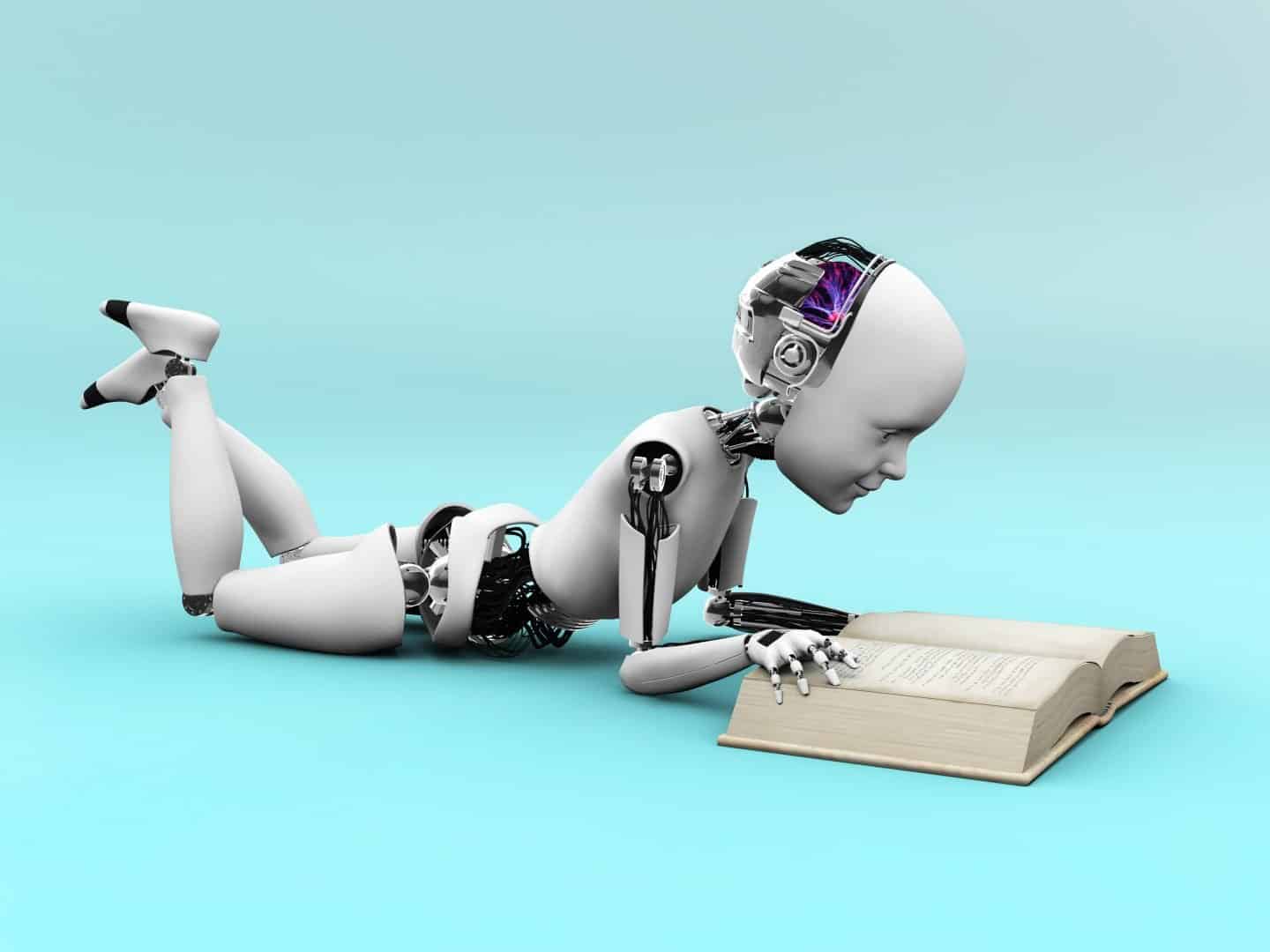Data & AI
3 Types of Machine Learning: Supervised, Unsupervised and Reinforcement Learning
May 28, 2020

We now know the differences between artificial intelligence and machine learning, a subset of the former focused specifically on learning. There are many different categories within machine learning, though they mostly fall into three groups: supervised, unsupervised and reinforcement learning.
Supervised Learning
Supervised learning refers to learning by training a model on labeled data. It is a very common approach for predicting an outcome. For example, let’s say we want to predict who is likely to open an email we send. We can use the data from past sends along with the “label” telling us if the recipient opened the email or not.
From there, we can build a training data set with data points about the recipient (location, demographics, past email engagement behavior) along with the label. Our model trains by trying many different ways to predict the label based on the other data points until it finds the best one. Now that model can be used to predict who will open the next email campaign we send.
Unsupervised Learning
Unlike supervised learning, unsupervised learning does not require labeled data. Instead, it aims to find hidden relationships and patterns in the data. This is perfect for when we don’t know exactly what we’re looking for.
The most common example of unsupervised learning, clustering algorithms take a large set of data points and finds groups within them. For instance, say we want to segment our customers into groups, but we don’t know the best way to define the groups. Clustering algorithms can identify them.
Reinforcement Learning
Reinforcement learning involves a feedback loop. The algorithm first decides on an action and then observes data from the outside world to see its effect. As this happens over and over, the model learns the best way to react. This is very similar to how we learn by trial and error. For example, when learning to walk, we might start by acting on our legs while receiving feedback from the environment and adapting our actions to maximize the reward (walking).
A real world example of reinforcement learning is picking which ads to display on a website. In this case we want to maximize engagement. However, we have many ads to choose from with unknown payout, so how do we choose? The reinforcement learning solution is closely related to running A/B tests, but in this case, we let the reinforcement learning algorithm pick the variant most likely to be a winner automatically based on the feedback from users and adapting to changing conditions.
Now that you understand the different types of machine learning, how can you put them to work? Click here to download our guide to Marketing with Artificial Intelligence.
The State of Brand Loyalty in the U.S. in 2023
Related



